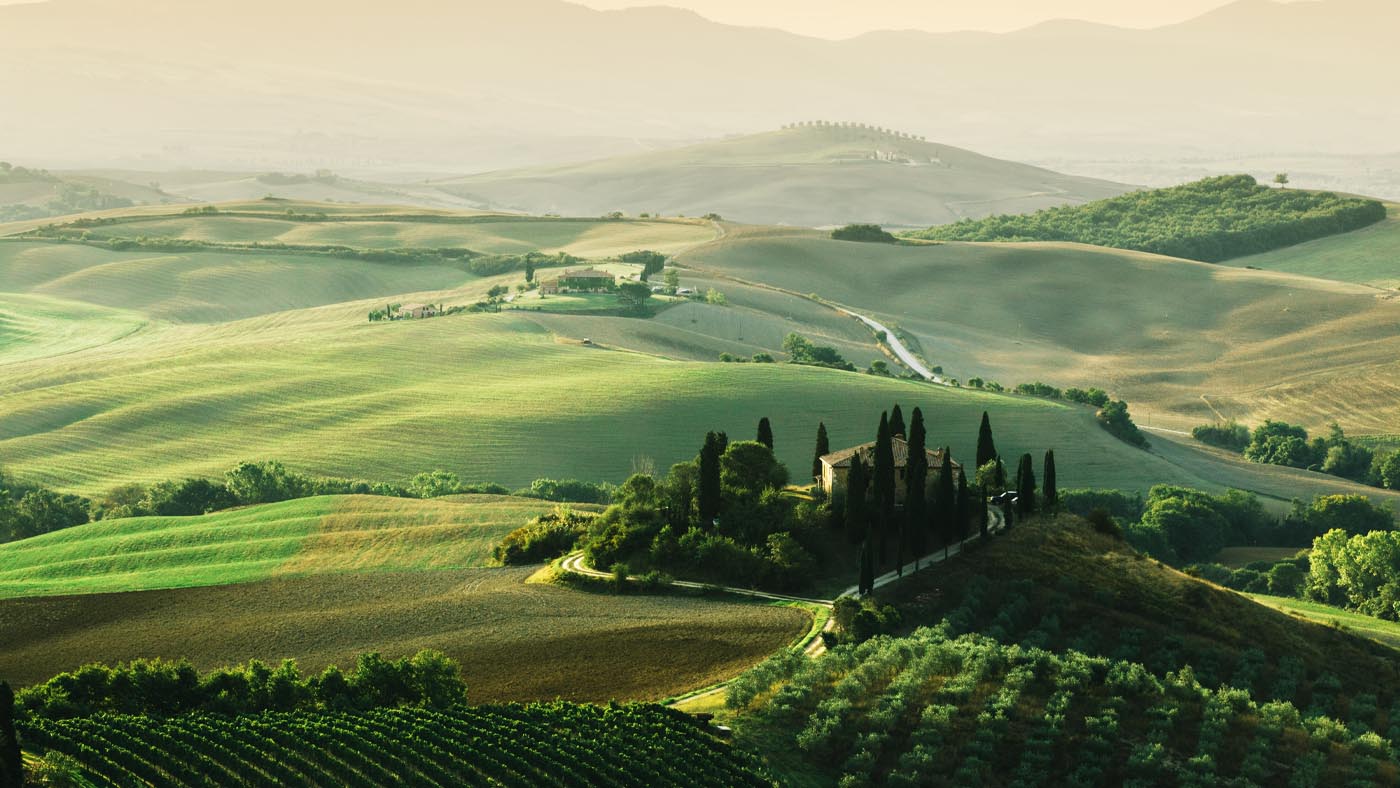Last week, a webinar event sponsored by FederBio and AssoBio (together with Veronafiere and Vinitaly), curated by Nomisma-Wine Monitor took place to discuss study results of positioning and development prospects of organic wine in Italy and on international markets.
The prime movers of Italian Organic Wine world participated in the round table. Roberto Zanoni, president of Asso Bio, Silvia Zucconi, head of NOMISMA Market Intelligence, and Emanuele di Fustino, senior director of NOMISMA projects analyzed the future of organic wine on the Italian scene.
Walter Stassi, manager of the wine area of the PAM PANORAMA GROUP, Andrea di Fabio General Manager of Cantina Tollo, Daniele Piccinin, owner and winemaker of Le Carline, Michele Maneli, Luciano Sbraga, deputy director of FIPE-CONFCOMMERCIO, María Grazia Mammuccini, president of FederBio and Lorenzo Tosi moderator and, journalist from EDAGRICOLE, lead the event. These experts discussed important statistics and data related to the behavior of the Italian population and international export markets.
Based on surveys, the consumption of organic wine had increased to 51% compared to 2015, when there was a consumption of 17%. Italy is the European leader in producing and exporting organic wines and products, with around 70,000 producers and 10,000 processing companies.
Organic viticulture has clearly triggered many innovations. Therefore it's necessary to fill the gap and influence consumer purchasing decisions through education.
Let's take a look at this : According to the law of the National Plan for organic wine, there are significant investment plans with around 3 million euros of funding.
There's no doubt that consumers are searching for sustainable products and interest in organic wine continues to grow. To note, a certified organic wine cannot use toxic pesticides, herbicides or synthetic fertilizers to grow grapes.
During the webinar, the experts revealed the biggest challenges of organic wine conversion:
- Limited Supply
- More expensive than conventional wines
- Lack of shelf space dedicated to organic wines
- Lack of information
- Low visibility of organic products in retail shops
According to statistics, 48% of people who do not consume organic wine say that it is usually due to a lack of familiarity and awareness because they do not have the necessary information to understand.
What's the future of organic wines? Surveys revealed the following conclusions:
- Provide more information on organic wines, especially among those (54%) who have never consumed any.
- Create more significant points of sale, accessibility, and availability.
- Focus on distribution channels such as e-commerce and targeting a much younger sector such as "Millenials" who have great purchasing power.
- Maximize the restaurant sales by promoting organic wine in restaurants. (In Italy, there are many restaurants under a sustainable and organic concept, marketing about this type of consumption can be extremely useful.)
- Provide fair and sustainable pricing strategy for producers and distributors. Implementation of QR codes.
- This will provide information and go quickly to the user's device.
The trend for organic wine is increasing and the demand will continue to grow. Countries like the United States consume organic wine with 46% acceptance, England with 29%, France with 25%, Italy with 21%, China with 35%, and Australia with 32%. The first state in the United States recognized as the top consumer of Organic Wines is California, followed by Florida, New York, Texas, and Illinois.
The international organic wine market is significant. The export of Italian organic wine has exceeded 7 million euros. The "Made in Italy" stamp, whether in food or wine, is an element of quality and distinction, especially for American consumers, and has turned out to be very successful.
The percentage of vineyards planted in Europe is 79%, of which 12.1% of the total is "organic wine." Moreover, out of this total, Italy has 23% of the vineyards, of which 17.4% is organic.
New developments and the use of technology in Italian agriculture have become part of the revolution in the market trends. As Daniele Piccinni mentioned, "being Certified Organic is not enough" consumers are looking for vegan wines and more certifications. The use of resistant vines like "Piwi" are also part of the extensive efforts in innovation that agriculture is developing. We need to "Push the restaurant industry and the world of the sommeliers," Luciano Sbraga director of FIPE-CONFCOMMERCIO said, (Company that represents around 120,000 enterprises in the restaurant industry from small- restaurants to Michelin Star).
He mentioned people are looking for food as a source of health and well-being, this goes along very well with sustainability, so it is also a fit for the organic wines trend. Creating brand tasting activations on social media, events, and tastings is very important to generate more awareness and increase sales.
In short, the Organic Wine and Products industry is growing. There is a high demand from international markets and a high interest in Italian products. Italian producers need to rely on the state system to improve communication, provide more meaningful information to customers, and generate trust, acceptance, and greater consumption. It is a great time to get curious, taste and get surprised by the variety of Organic Wines that this extraordinary industry offers!
Source: Vinitaly, Organic wine, consumption trends, development prospects and growth opportunities on the markets. 24 May 2022.
About One Vine Wines
One Vine Wines is a nontraditional importer and distributor of fine wines founded in 2005. Their expert team tastes thousands of wines a year. They offer clients only wines that represent outstanding quality and value.
With a direct email campaign and an online shop, One Vine Wines eliminated many of the inefficiencies of the wholesale trade.
One Vine Wines is paving a better way to conduct business in the wholesale wine trade.


